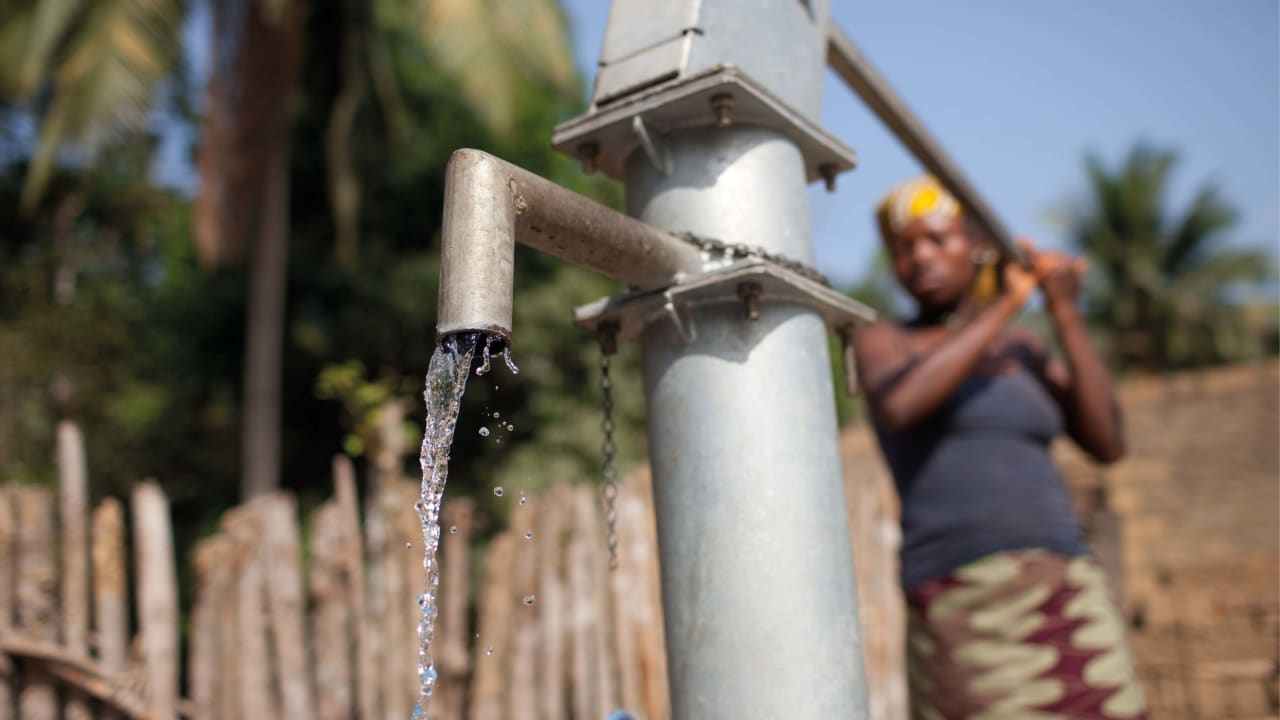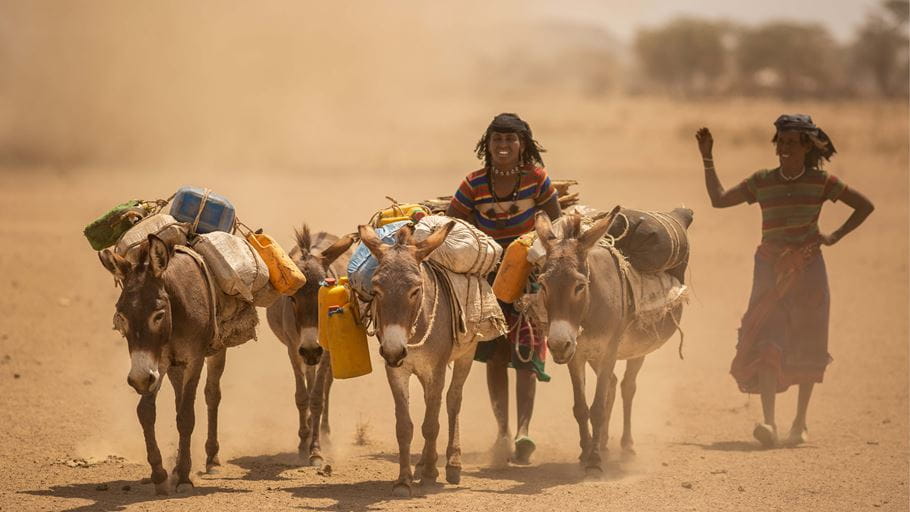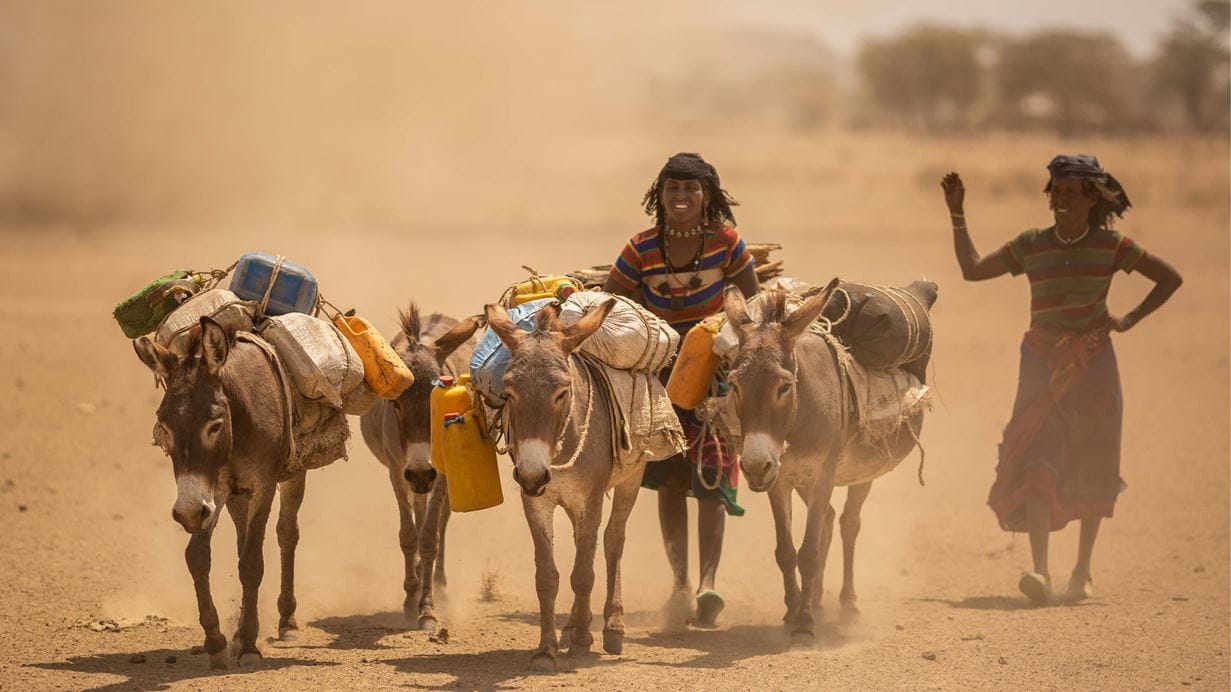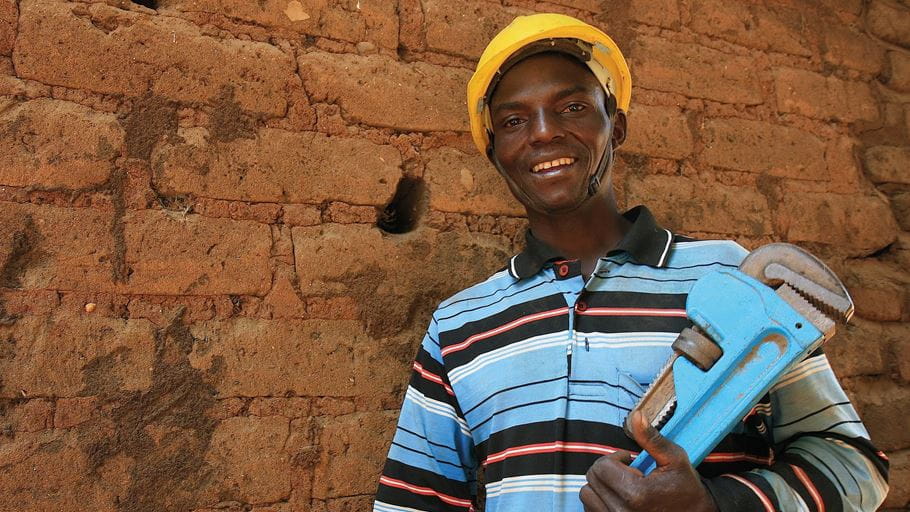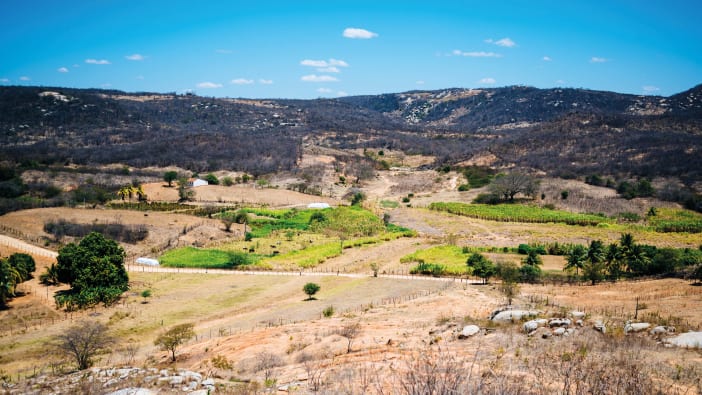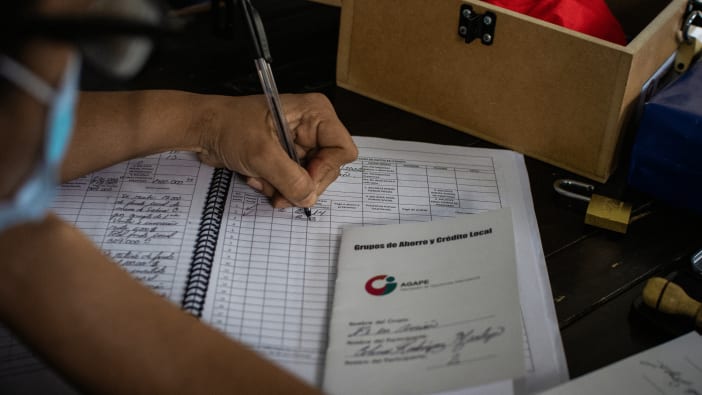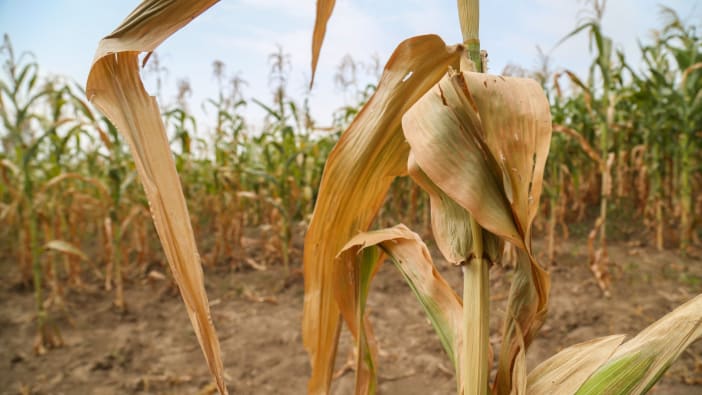Water management
Having water infrastructure available, such as community tap stands, is just one part of a water service. To keep the water flowing through wells, tap stands and handpumps, good management structures need to be in place to enable routine operation and maintenance tasks to happen, as well as more complex repairs.
Water management arrangements vary across the world. They may include:
- household self-supply, where a family has a water supply on their own land (eg a well, borehole or rainwater tank) and are either responsible for maintaining and repairing it themselves, or they pay someone else to do it
- no set collective management structure, where decisions about how to carry out and pay for repairs are only made by groups of users when something breaks down
- community management, where a community has a structure in place, usually run by volunteers, which may include collecting payments for water on a regular basis, according to use or when a repair is needed
- formal management, where people pay a set amount of money to an organisation (local, regional or national), which is responsible for providing a water service.
Although tasks such as changing worn parts in a handpump can be quite straightforward, they depend on people with the right skills and tools being available when needed. And the large number of non-functioning water points around the world shows that community-based management that relies on volunteers often does not work.
Water businesses
In response to this, a growing number of communities are starting to use business-based approaches to improve the safety and reliability of their water services. These approaches usually include:
- the recruitment of trained and paid staff
- clear legal, policy and accountability agreements between the water service provider, the water authority (usually a government department) and the users.
Sometimes a community may decide to use contractors to maintain and repair their water supply. For example, the Catholic Diocese of Lodwar in Kenya has set up an insurance scheme where communities pay an annual amount and the diocese employs mechanics to carry out the work.
Boreholes with handpumps are charged an annual subscription of approximately US$50, and motorised pumps are charged an annual subscription of approximately US$100. If the cost of a repair exceeds US$300 then the community is required to contribute 30 per cent of the cost, and the diocese covers the rest.


